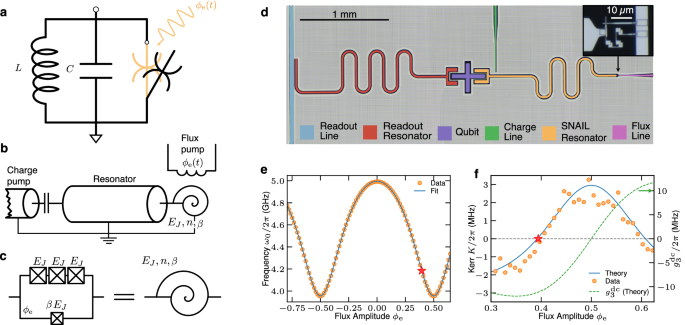2024-06-17 バース大学
<関連情報>
- https://www.bath.ac.uk/announcements/the-nanotechnological-revolution-requires-standardised-screws-here-is-a-way-to-measure-them/
- https://pubs.acs.org/doi/10.1021/acsnano.4c02006
シリコン・ナノへリックスからのチロプティック第二高調波チンダル散乱 Chiroptical Second-Harmonic Tyndall Scattering from Silicon Nanohelices
Ben J. Olohan, Emilija Petronijevic, Ufuk Kilic, Shawn Wimer, Matthew Hilfiker, Mathias Schubert, Christos Argyropoulos, Eva Schubert, Samuel R. Clowes, G. Dan Pantoş, David L. Andrews, and Ventsislav K. Valev
ACS Nano Published:June 17, 2024
DOI:https://doi.org/10.1021/acsnano.4c02006
Abstract

Chirality is omnipresent in the living world. As biomimetic nanotechnology and self-assembly advance, they too need chirality. Accordingly, there is a pressing need to develop general methods to characterize chiral building blocks at the nanoscale in liquids such as water─the medium of life. Here, we demonstrate the chiroptical second-harmonic Tyndall scattering effect. The effect was observed in Si nanohelices, an example of a high-refractive-index dielectric nanomaterial. For three wavelengths of illumination, we observe a clear difference in the second-harmonic scattered light that depends on the chirality of the nanohelices and the handedness of circularly polarized light. Importantly, we provide a theoretical analysis that explains the origin of the effect and its direction dependence, resulting from different specific contributions of “electric dipole–magnetic dipole” and “electric dipole–electric quadrupole” coupling tensors. Using numerical simulations, we narrow down the number of such terms to 8 in forward scattering and to a single one in right-angled scattering. For chiral scatterers such as high-refractive-index dielectric nanoparticles, our findings expand the Tyndall scattering regime to nonlinear optics. Moreover, our theory can be broadened and adapted to further classes where such scattering has already been observed or is yet to be observed.



